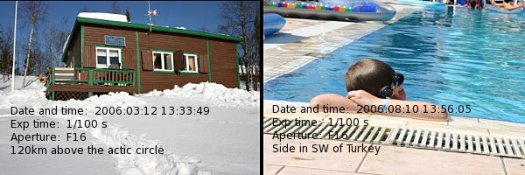Graham_Martin
Member
I would like a little clarification on calculating the proper exposure for ISO160 film when using the Sunny 16 rule.
Assuming a bright sunny day using 100 speed film at f/16 my exposure would be 1/125. I guess that technically the speed should be 1/100 sec. Using 200 speed my exposure would be 1/250.
If ISO160 is 60% faster than 100 speed then my theoretical shutter speed would be 1/200. Since the closest shutter speed on my RB67 lenses is only 1/250 do I not worry about the slight difference, or should I change my aperture by half a stop?
Thanks!
Assuming a bright sunny day using 100 speed film at f/16 my exposure would be 1/125. I guess that technically the speed should be 1/100 sec. Using 200 speed my exposure would be 1/250.
If ISO160 is 60% faster than 100 speed then my theoretical shutter speed would be 1/200. Since the closest shutter speed on my RB67 lenses is only 1/250 do I not worry about the slight difference, or should I change my aperture by half a stop?
Thanks!





